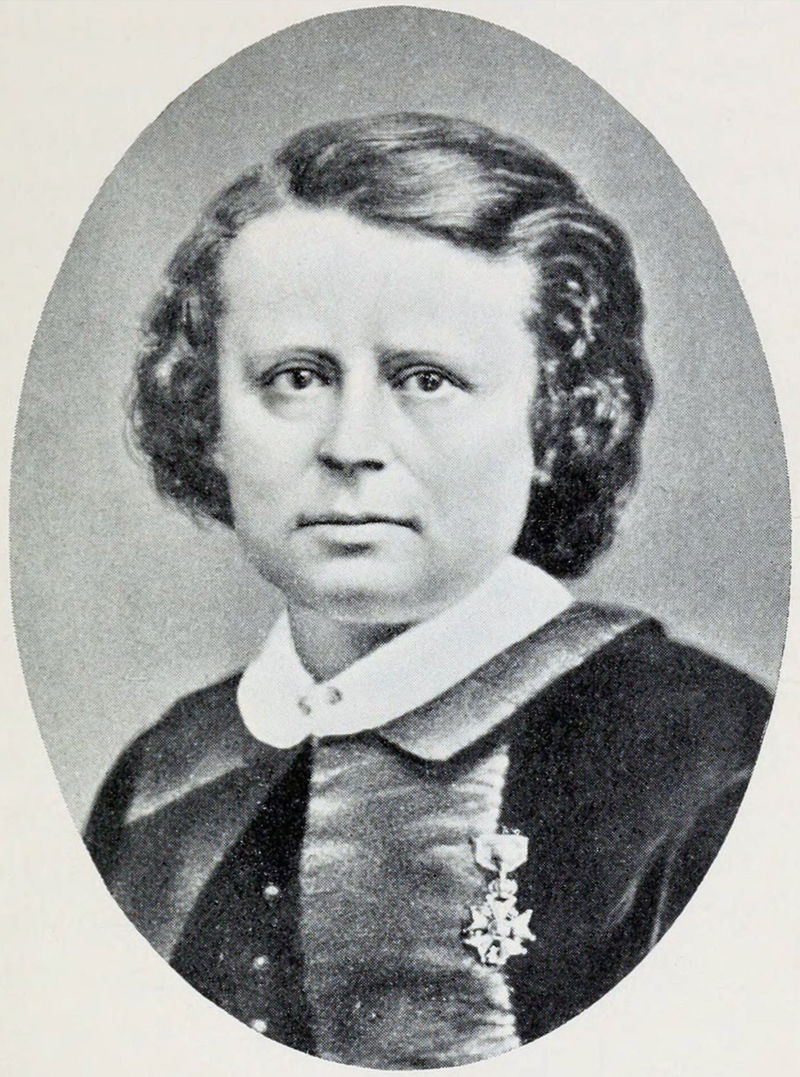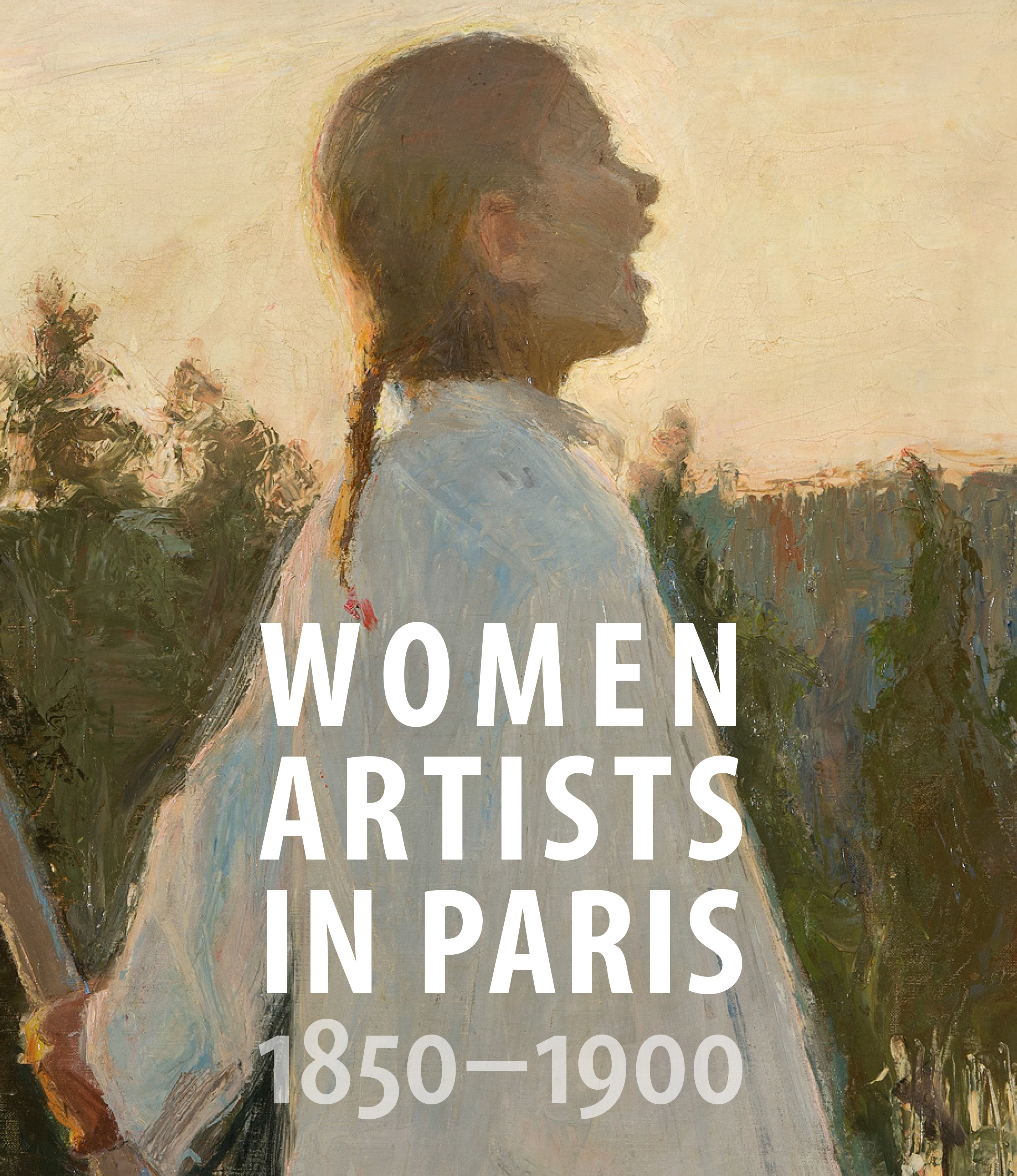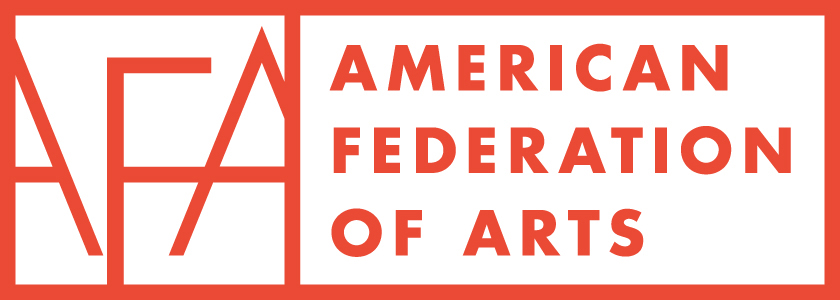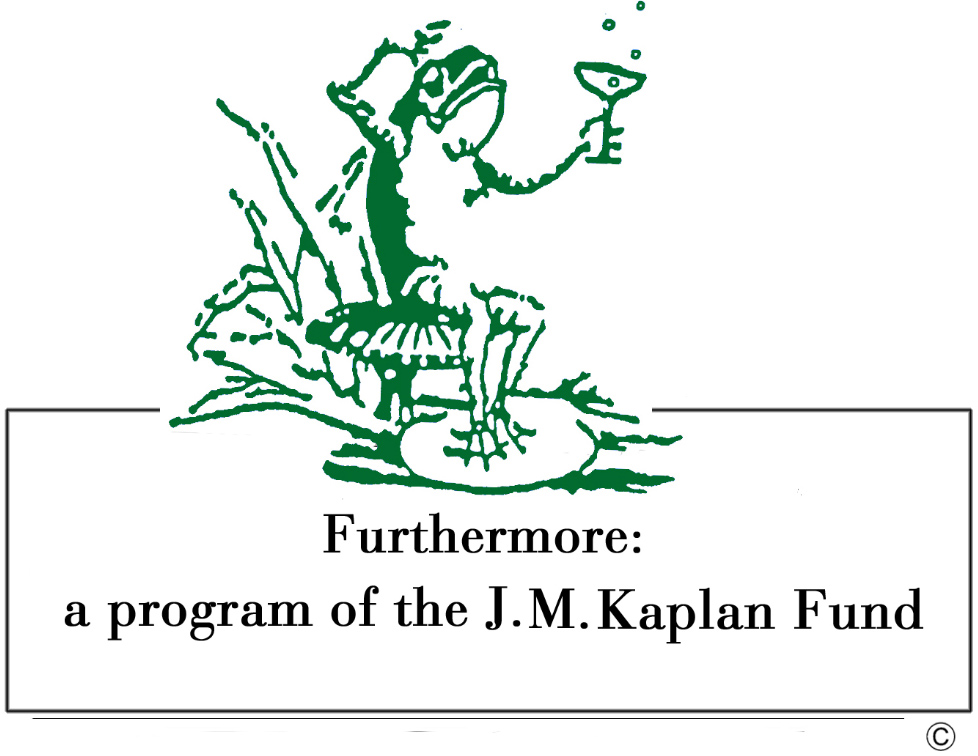
JUNE 9–SEPTEMBER 3, 2018
ROSA BONHEUR
FRENCH, 1822–1899
Photographer unknown, Rosa Bonheur, 1865
Rosa Bonheur (French, 1822–1899), Plowing in Nivernais, 1850. Oil on canvas, 52 1/2 x 102 in. Bequest of John Ringling, 1936, SN433. Collection of the John and Mable Ringling Museum of Art. State Art Museum of Florida. Florida State University, Sarasota, FL. Courtesy American Federation of Arts
Rosa Bonheur was taught by her father, a painter and Saint-Simonian, who believed his daughters and sons deserved a good education. Celebrated for her paintings of animals, Bonheur studied live animals in her studio and in the field (often wearing men’s clothing to make study easier), and learned their anatomy by dissecting them. In 1841, at the age of nineteen, she began exhibiting at the Salon. After receiving several medals for her paintings of animals, she began receiving commissions from the French government and other prominent dealers. In 1849 she became the director of the École Gratuite de Dessin pour Les Jeunes Filles. So popular was she in her own day that a children’s doll was made in her likeness. She was the first female artist to receive the Légion d’Honneur in 1865.
A fully illustrated catalogue, Women Artists in Paris, 1850–1900, has been published by the American Federation of Arts and Yale University Press. Along with an art-historical overview by curator Laurence Madeline, the catalogue includes essays by Jane R. Becker, collections management associate, Metropolitan Museum of Art; Richard Kendall, former curator at large, Clark Art Institute; Bridget Alsdorf, associate professor, History of Art, Princeton University; and Vibeke Hansen, curator, Nasjonalmuseet, Oslo.







